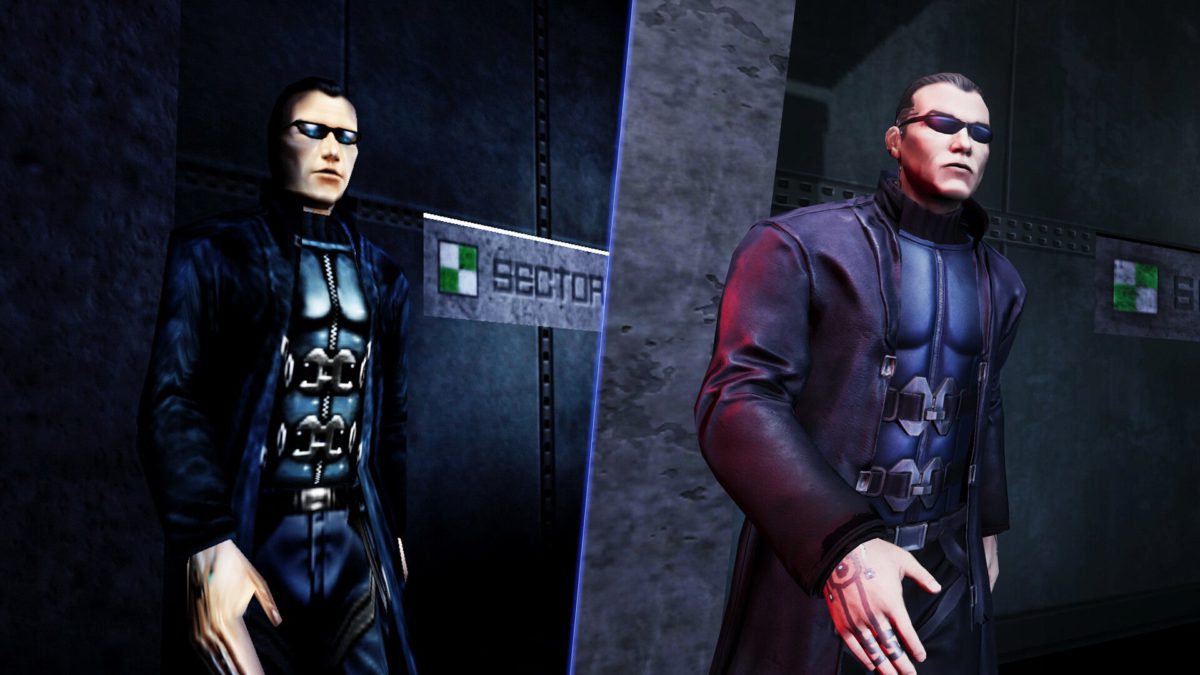In Possessor(s), you’ll play as Luca, a girl trapped in the ruins of her city in the aftermath of an attack by extra-dimensional demons.
Luca doesn’t exactly have a lot of experience fighting anyone… she used to be a pretty regular kid! But Sanzu City is full of demons who need killing, and Luca doesn’t exactly have any weapons lying around to kill them with.
To defend herself and Rhem, her allied demon, Luca will have to scrounge for makeshift weapons all over Sanzu. Rhem will give her the power to turn some of the simple household items she finds into much-more-deadly ones.
Wield what you have
Luca has two kinds of attacks: Weapons, which she can use at any time to batter her enemies, and Special Weapons, which spend Charges. Luca can earn additional Charges of her Specials by making successful hits with her regular Weapon.
When Luca wakes up in the ruins of Sanzu, the only Weapon she can find is a pair of kitchen knives. But soon, she’ll start collecting some even stranger items.
In the Campus, Luca can get her hands on an Electric Guitar. She can charge it up and perform a massive ground smash, sending a shockwave at her enemies. The Guitar is a slow but powerful weapon. When you’re wielding it, you’ll have to choose your timing well!
In the Sunken City housing development, Luca might find the Hockey Stick. This weapon is great for performing quick, deadly sweeps, and hitting enemies who are standing further away. Its attacks can also be chained into aerial combos against flying or juggled enemies.
Luca can pair either of these Weapons with up to three Special Weapons by assigning them to different directional inputs. This allows you to build your own combos.
For example, Luca’s Computer Mouse Special is great for knocking enemies into the air, where they can be juggled by the Hockey Stick’s aerial combo. The Cell Phone special shocks enemies around the player, which may stun them long enough for her to smash them with her Guitar.
One of Luca’s strange Specials is a pair of cool Sunglasses. Activating them right before an enemy strikes you allows you to do a massive counterattack! My favorite Special, however, is her Katana. It’s the only one of her Weapons which is genuinely a weapon – Luca finds it in the Mall! It works as a gap-closer, helping Luca zoom close to her enemies and damage them with a powerful swipe.
Search the city
To find these weapons, Luca will have to search every inch of Sanzu City. The city is overgrown and destroyed, and a lot of the places that used to be familiar to her now feel strange and dangerous.
The SanZooQuarium, a local aquarium she used to visit on field trips, is now full of possessed sea creatures… and demonic penguins with something suspicious to sell you. She’ll have to fight her way past shattered fishtanks to find the last human hiding there. What kind of deal did he strike with these demons to keep himself alive? Luca will have to find him and get some answers!
Luca can also explore her old high school Campus. The classrooms and libraries are now filled with possessed books, filing cabinets, vases, and lamps. There’s a human hiding here, too – Luca’s old teacher, Professor Foss. He wants to help her… but he seems unwell, and he might be hiding a secret in the basement of the school. Luca will have to get some answers from him, too!
Survive with what you have
Luca and Rhem are all on their own in Sanzu. But with Rhem’s powers, and Luca’s tenacity, they’ll be able to hold back an army of demons with a pile of scrounged items. To see how she does it, you’ll have to check out Possessor(s) at release for PlayStation 5 on November 11!



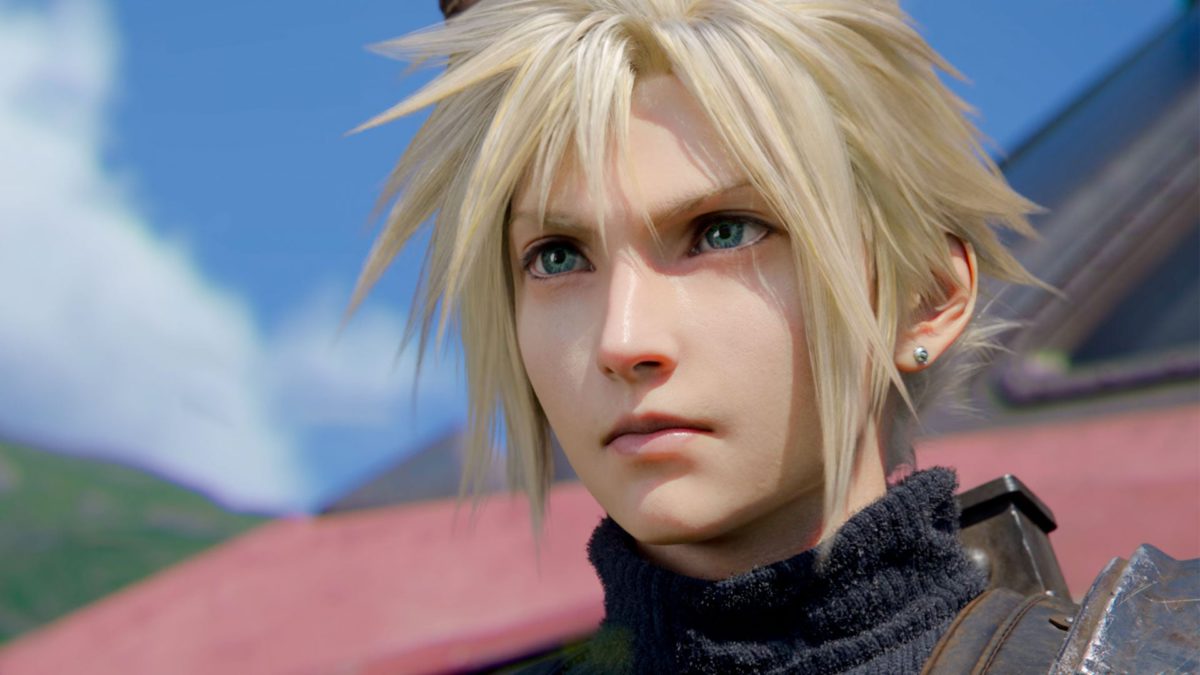

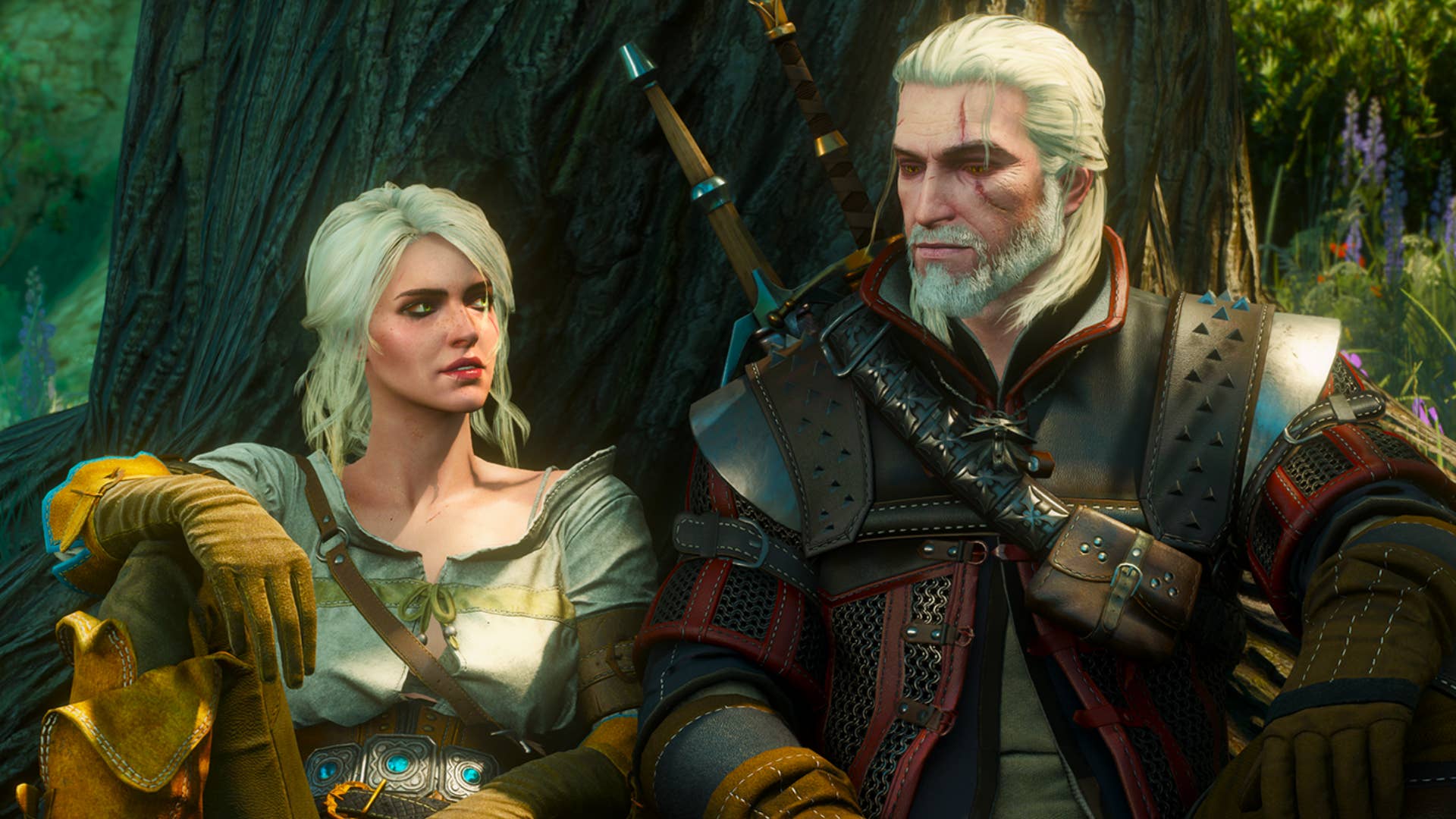
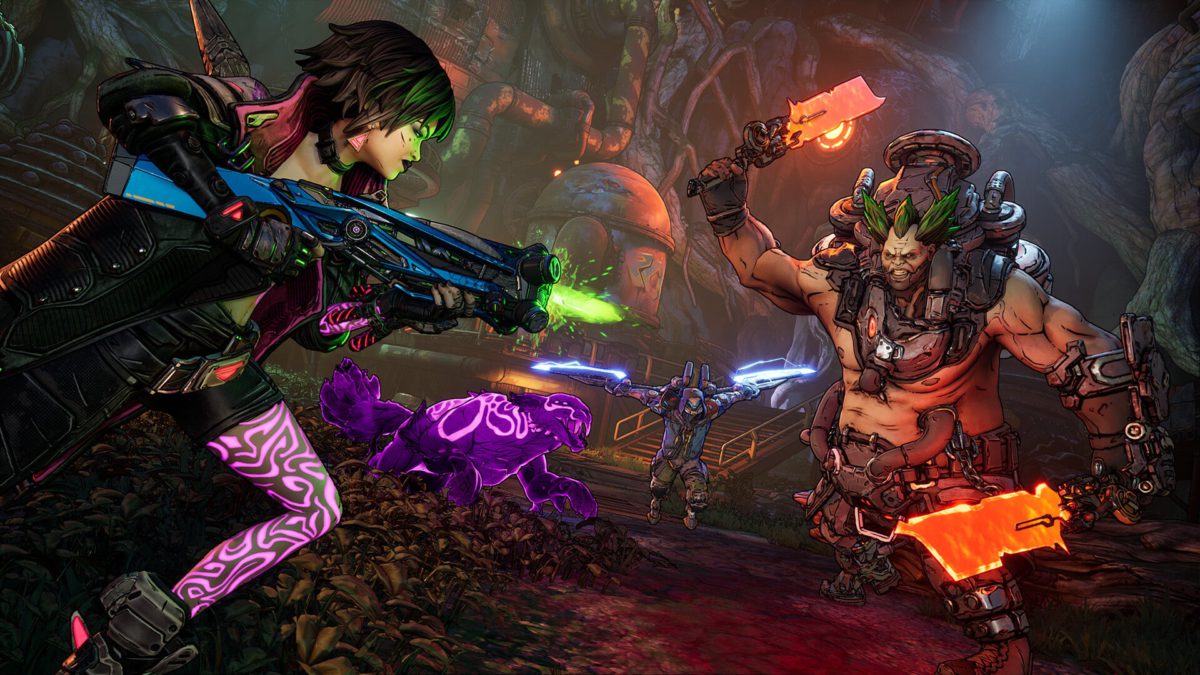

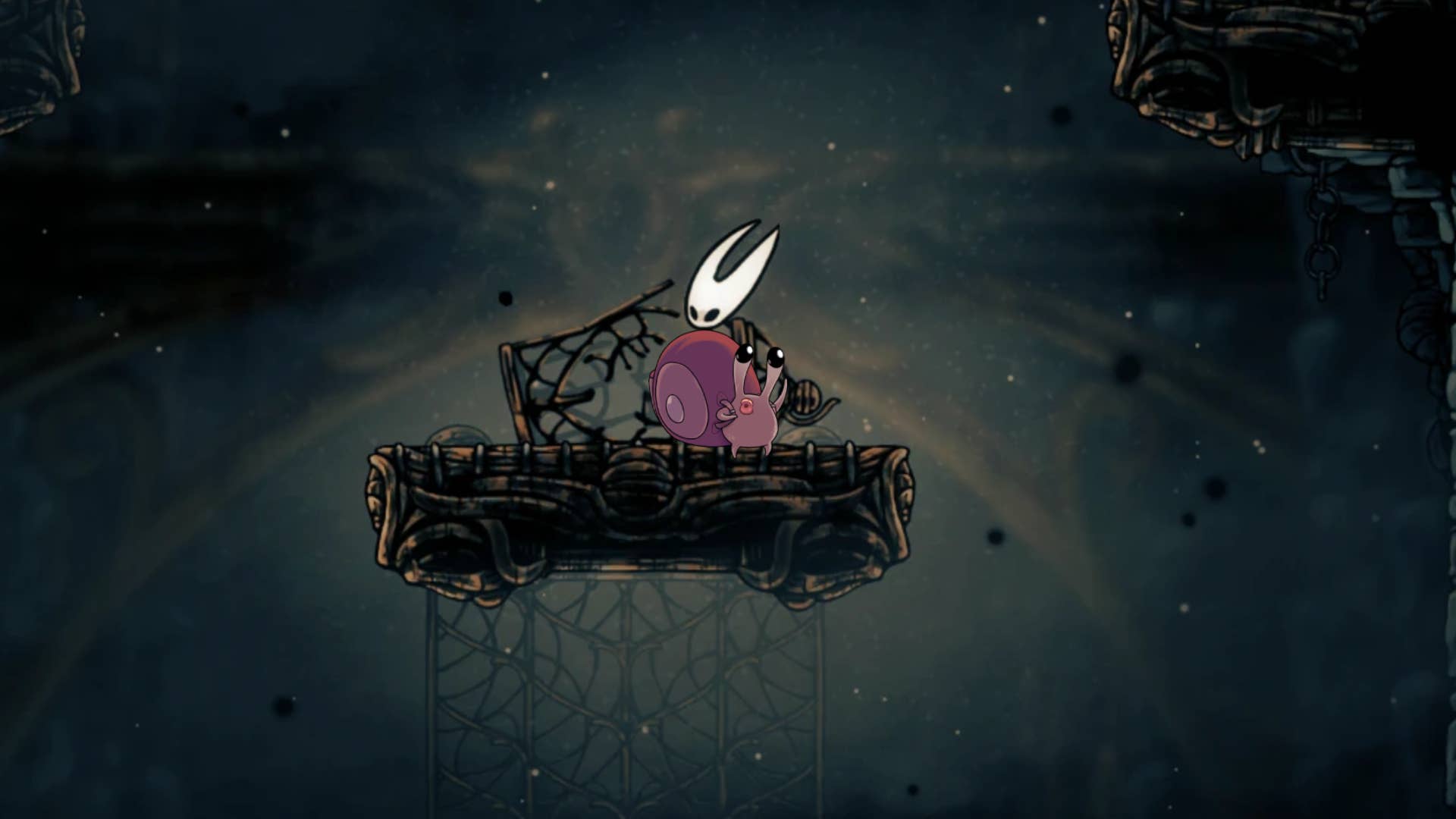
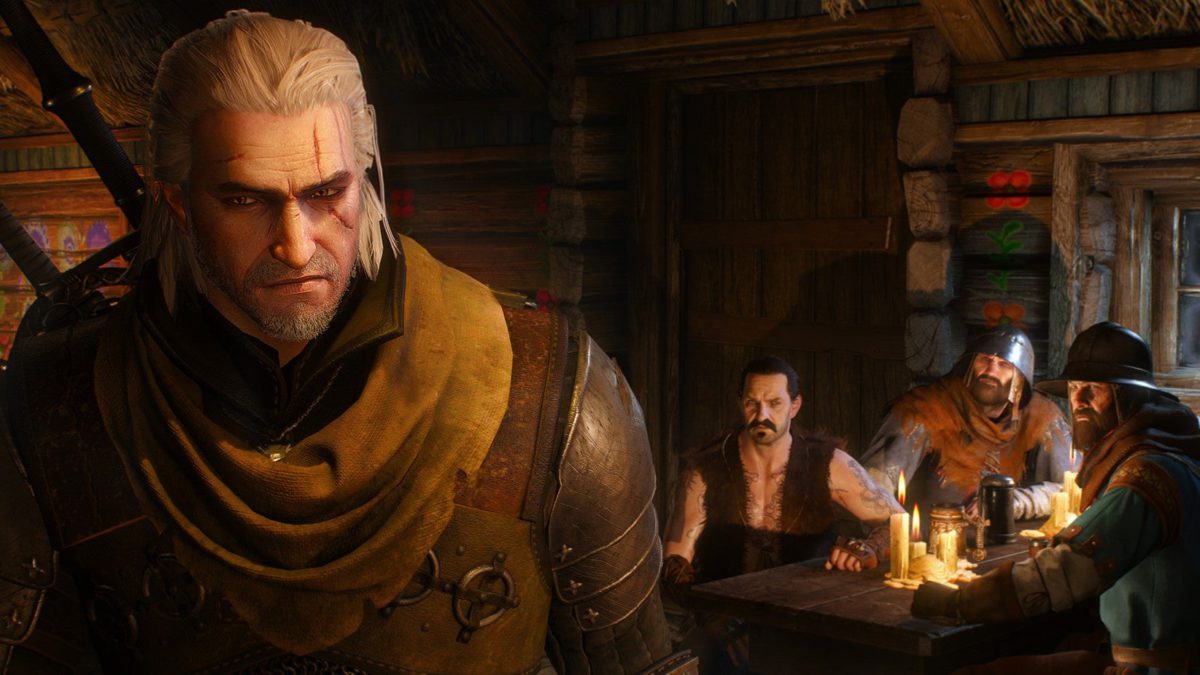

.jpg?width=1920&height=1920&fit=bounds&quality=70&format=jpg&auto=webp)
